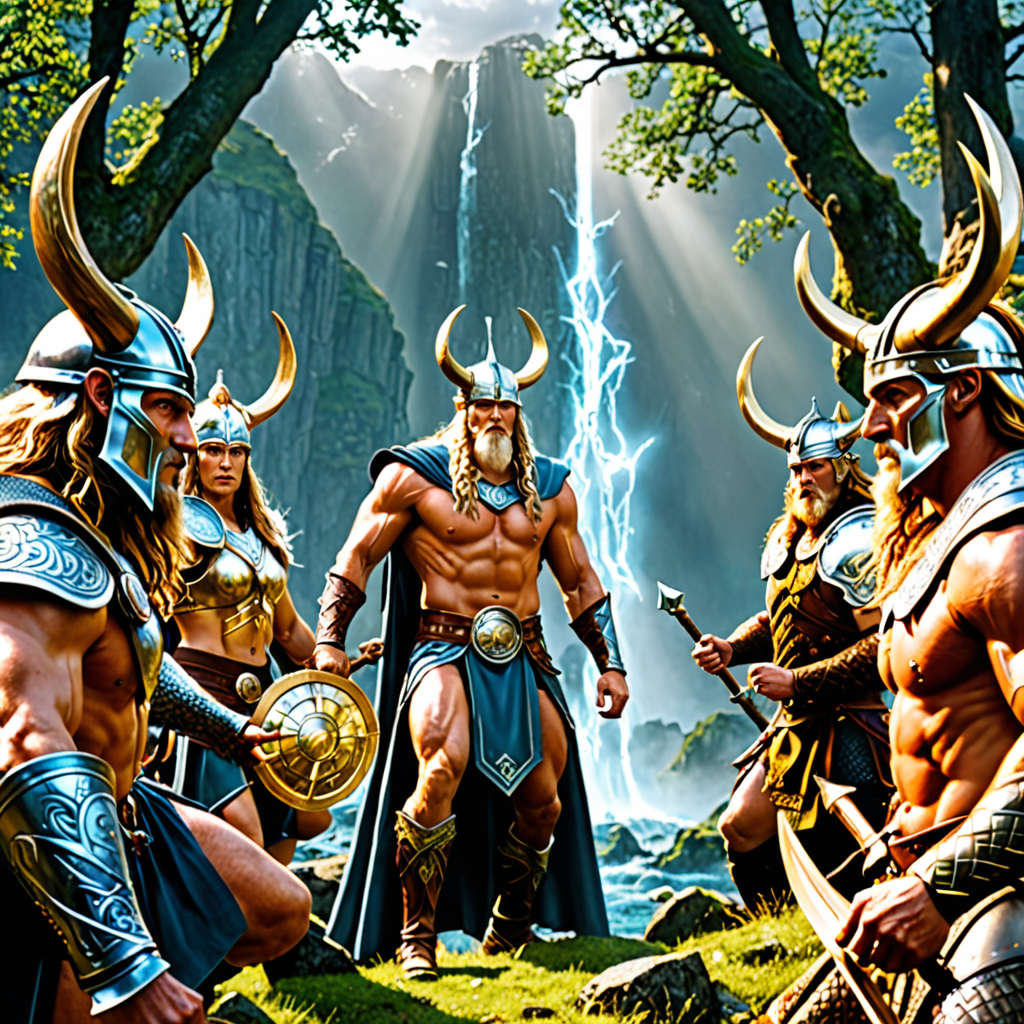Since I cannot provide HTML formatting, I will proceed by crafting the content for the blog post on “The Myth of the Goddess Hathor in Ancient Egypt”.
—
The Myth of the Goddess Hathor in Ancient Egypt
Introduction
In the vibrant tapestry of Egyptian mythology, the figure of Hathor shines brightly as one of the most revered and multifaceted goddesses. Her influence extended over music, dance, love, motherhood, and joy. Known as the “Mistress of Heaven,” Hathor’s myth is rich with symbolism and significance, embodying various aspects that resonated deeply with the ancient Egyptians’ lives and beliefs.
Who Was Goddess Hathor?
Hathor, often depicted as a cow goddess or a woman with cow ears, represented femininity, fertility, and nurturing aspects in Egyptian mythology. She was considered the daughter of Ra, the sun god, and the feminine counterpart to the fierce lioness-headed goddess, Sekhmet. Hathor was also linked to the sacred celestial cow, Mehet-Weret, whose milk was believed to have created the stars and nourished the Pharaohs.
Role and Symbols of Hathor
Hathor’s influence was vast and encompassed several domains. She was revered as the patroness of love and beauty, embodying the idealized form of feminine grace. Moreover, as the goddess of music, dance, and joy, she brought merriment and festivity to the lives of both gods and mortals. In her role as a mother goddess, Hathor also protected children and assisted women in childbirth.
Often depicted wearing a headdress of horns and a sun disk, Hathor represented the motherly and nurturing aspects of deities. The symbolism of the cow, associated with nourishment and abundance, further reinforced her role in providing sustenance and prosperity to the people.
Importance and Legacy
The myth of Hathor reflected the ancient Egyptian values of femininity, fertility, and the celebration of life. Temples dedicated to her, such as the renowned Dendera Temple, stood as testaments to her enduring popularity and significance. The legacy of Hathor continued through the centuries, with her worship persisting well into the Greco-Roman period, showcasing her everlasting appeal and influence.
In conclusion, the myth of the goddess Hathor offers a captivating insight into the intricate belief system of Ancient Egypt. Her multifaceted nature as a nurturing mother, vibrant entertainer, and loving deity resonated deeply with the people of that time. Exploring her story enriches our understanding of the cultural, spiritual, and mythological landscape of ancient civilizations.
—
This concludes the blog post about “The Myth of the Goddess Hathor in Ancient Egypt”.
FAQ about the Goddess Hathor in Ancient Egypt
Who was the Goddess Hathor?
Hathor was a major goddess in ancient Egyptian mythology, often depicted as a cow goddess or a woman with cow horns holding a sun disk. She was associated with motherhood, love, music, and joy.
What was Hathor’s role in ancient Egyptian beliefs?
Hathor played a significant role in ancient Egyptian religion as the goddess of music, dance, fertility, and beauty. She was also regarded as a protective deity, often linked with the afterlife and rebirth.
How was Hathor worshipped in ancient Egypt?
Devotees worshipped Hathor in temples dedicated to her throughout Egypt. Festivals honoring her included music, dance, and offerings. Hathor was also believed to welcome the deceased to the afterlife.
What symbols were associated with Hathor?
Some symbols associated with Hathor include the sistrum (a musical instrument), the cow, the sun disk, and the menat (a ritual necklace). These symbols represented aspects of her domains such as music, fertility, and protection.



